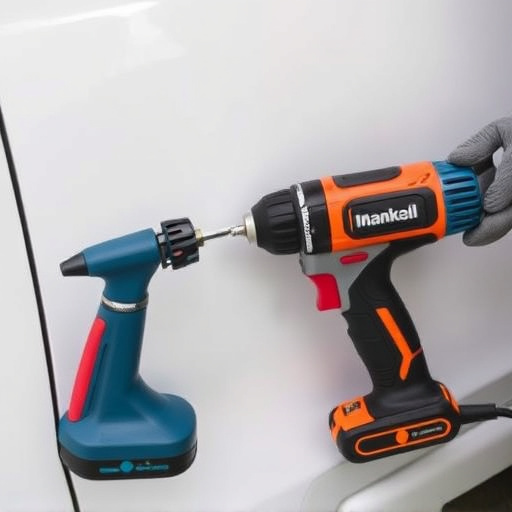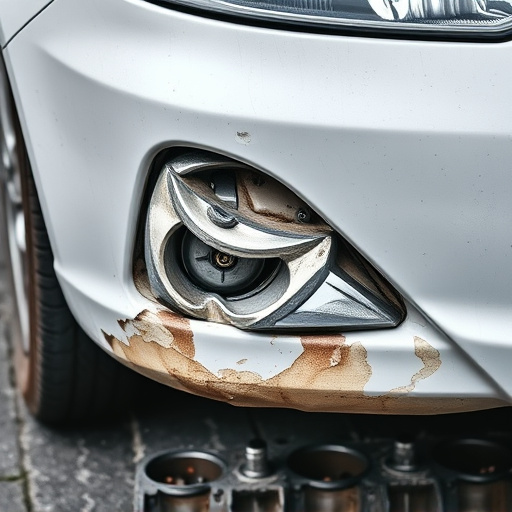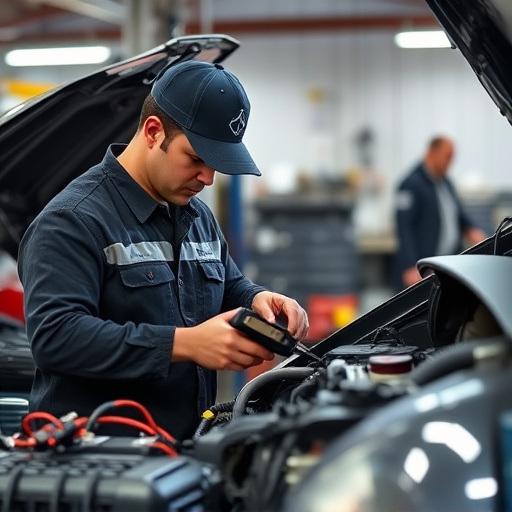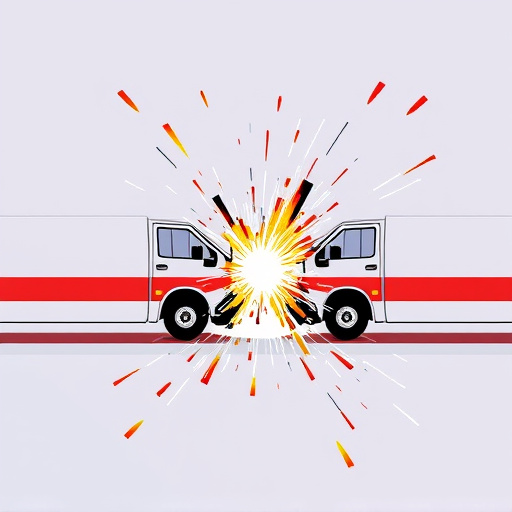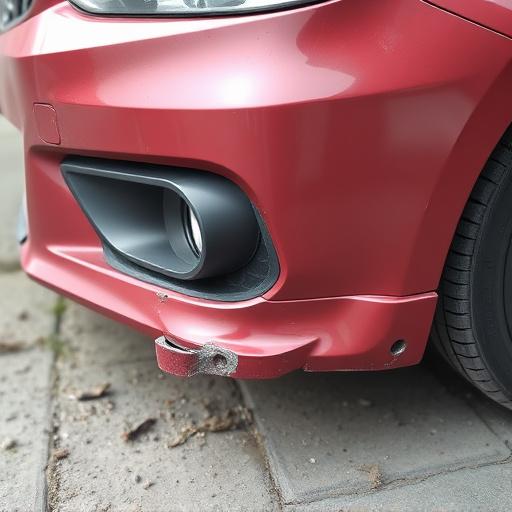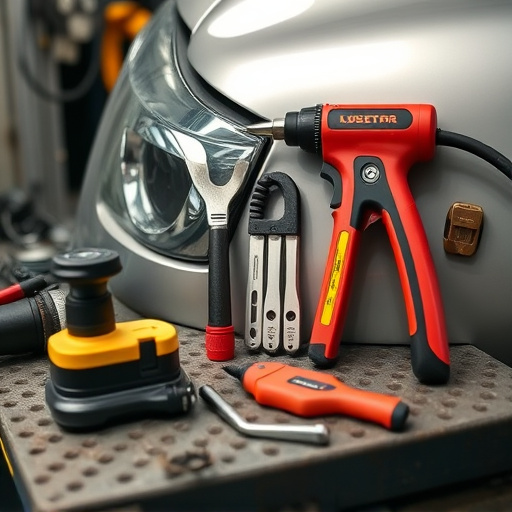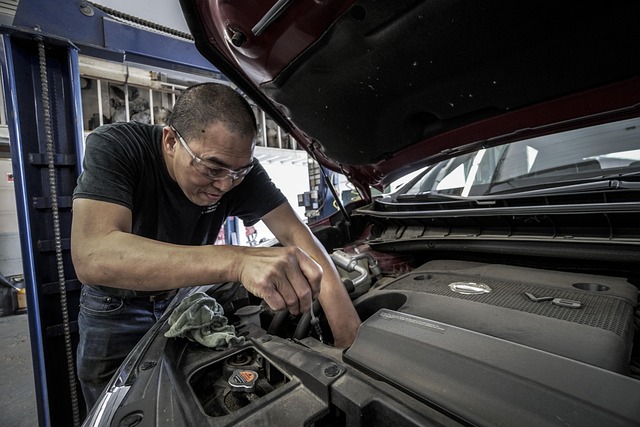The Tesla airbag system, a sophisticated network for passenger protection, can experience issues like sensor malfunctions or deployment errors. Effective troubleshooting requires identifying root causes using diagnostic codes. Clearing these codes after repairs, especially during dent repair, is crucial. A reliable Tesla specialist shop with advanced tools ensures optimal and safe airbag system functionality. Diagnosing airbag control modules and sensors using specialized tools reveals specific issues, complementing body repairs by identifying structural damage. The repair process prioritizes safety and reliability through meticulous steps: inspection, replacement/recalibration, adjustments, and clearing codes, mirroring best practices from luxury brands like Mercedes-Benz.
Tesla’s cutting-edge airbag system is a complex network designed for passenger safety. However, like any advanced technology, it can encounter issues, requiring skilled repair and diagnostic expertise. This article guides you through understanding Tesla’s airbag system, identifying common problems, and providing step-by-step procedures for repairs. Learn how to diagnose faulty control modules and sensors, clear diagnostic codes, and ensure your Tesla’s airbag system is reliable and ready for any situation.
- Understanding Tesla's Airbag System and Common Issues
- Diagnosing Airbag Control Modules and Sensors
- Repair Process and Clearing Diagnostic Codes
Understanding Tesla's Airbag System and Common Issues
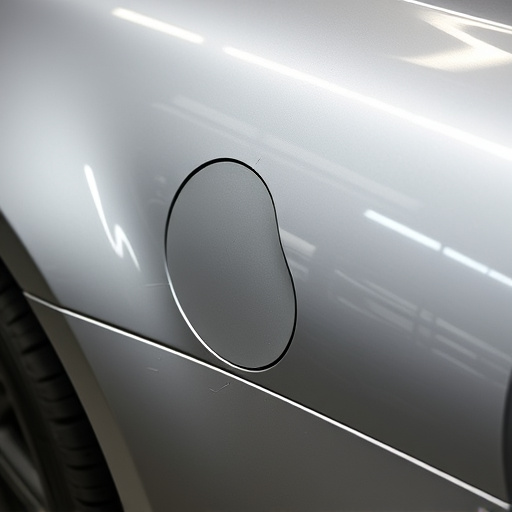
The Tesla airbag system is a sophisticated network designed to protect passengers in the event of a collision. It utilizes advanced sensors and powerful airbags to mitigate impact, making it a crucial safety feature in Tesla vehicles. However, like any complex mechanical system, it can encounter issues that require prompt attention from qualified professionals. Common problems include sensor malfunctions, airbag deployment errors, or even a car dent repair related to the system’s components.
When troubleshooting, identifying the root cause is essential. Diagnostic codes can provide valuable insights, pointing to issues such as faulty sensors, electrical glitches, or mechanical failures. Clearing these codes is often necessary after repairs, especially when dealing with car bodywork services. A reliable car repair shop specializing in Tesla models will have the expertise and tools to navigate these complexities, ensuring the airbag system functions optimally and safely.
Diagnosing Airbag Control Modules and Sensors
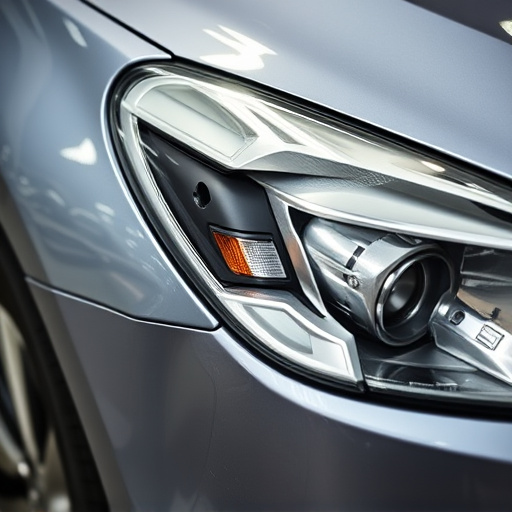
Diagnosing Tesla airbag control modules and sensors is a crucial step in any airbag system repair. The first method involves scanning the vehicle’s computer network for error codes using specialized diagnostic tools. These codes can point to specific issues within the airbag control unit (ACU) or individual sensors, such as impact sensors and crash sensors. By decoding these codes, technicians gain valuable insights into potential problems that may not be immediately apparent during visual inspections.
In many cases, a dent repair or auto body repair might be needed alongside Tesla airbag system repair. This is because accidents can cause physical damage to the vehicle’s structure and airbag components. Advanced diagnostic tools help identify these issues, ensuring comprehensive repairs that go beyond simply replacing airbags. Proper diagnosis allows for targeted solutions, enhancing both safety and vehicle longevity in the event of future collisions.
Repair Process and Clearing Diagnostic Codes
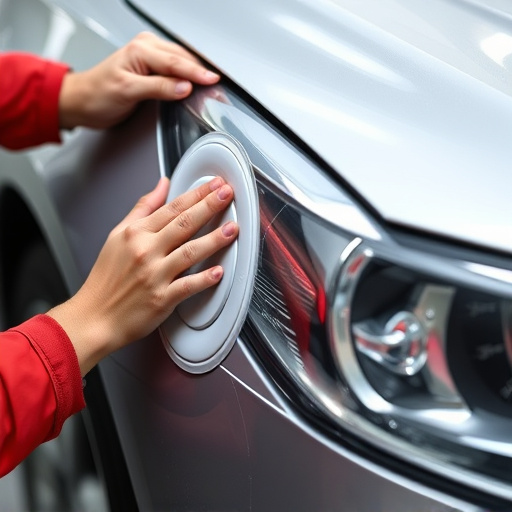
The Tesla airbag system repair process involves a meticulous series of steps designed to ensure safety and reliability. It begins with a thorough inspection to identify the faulty component, followed by replacement or recalibration. Advanced diagnostic tools are employed to pinpoint the exact issue, whether it’s a sensor malfunction, an inflator problem, or a software glitch. Skilled technicians then make precise adjustments or install new parts, adhering to Tesla’s strict quality standards.
Clearing diagnostic codes is a crucial step in the process. These codes, stored in the vehicle’s computer system, indicate potential issues with the airbag system. Professional repair shops use specialized software to retrieve and interpret these codes, allowing them to accurately diagnose problems. Once the repairs are completed, the codes are cleared, ensuring the system operates seamlessly and providing peace of mind for Tesla owners. This process is similar to that in other luxury car brands like Mercedes-Benz collision repair shops, where precision and safety are paramount.
Tesla’s advanced airbag system, while innovative, is not immune to issues. Effective troubleshooting and repairs are crucial for passenger safety. By understanding common problems, diagnosing components accurately, and following a structured repair process, including clearing diagnostic codes, vehicle owners can ensure their Tesla’s airbag system remains reliable and ready to protect them on the road. For those tackling these tasks, a thorough knowledge of Tesla airbag system repair is key to maintaining optimal vehicle safety.

